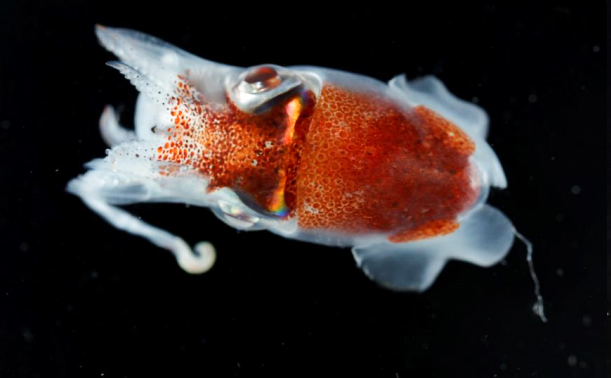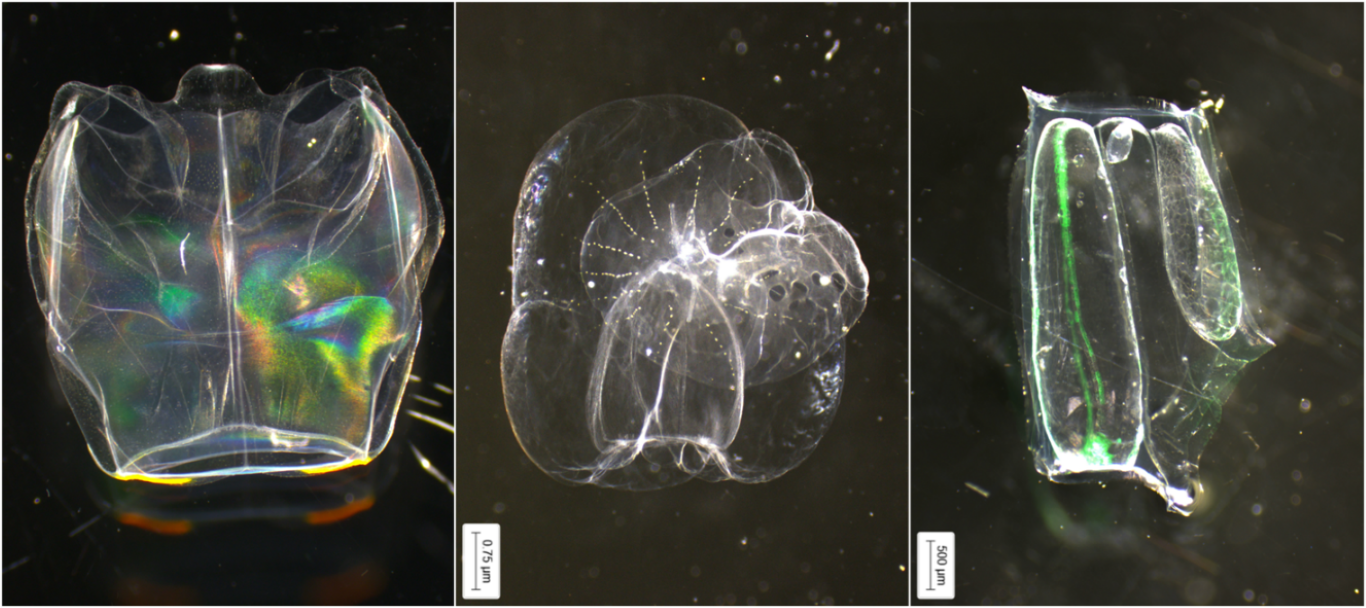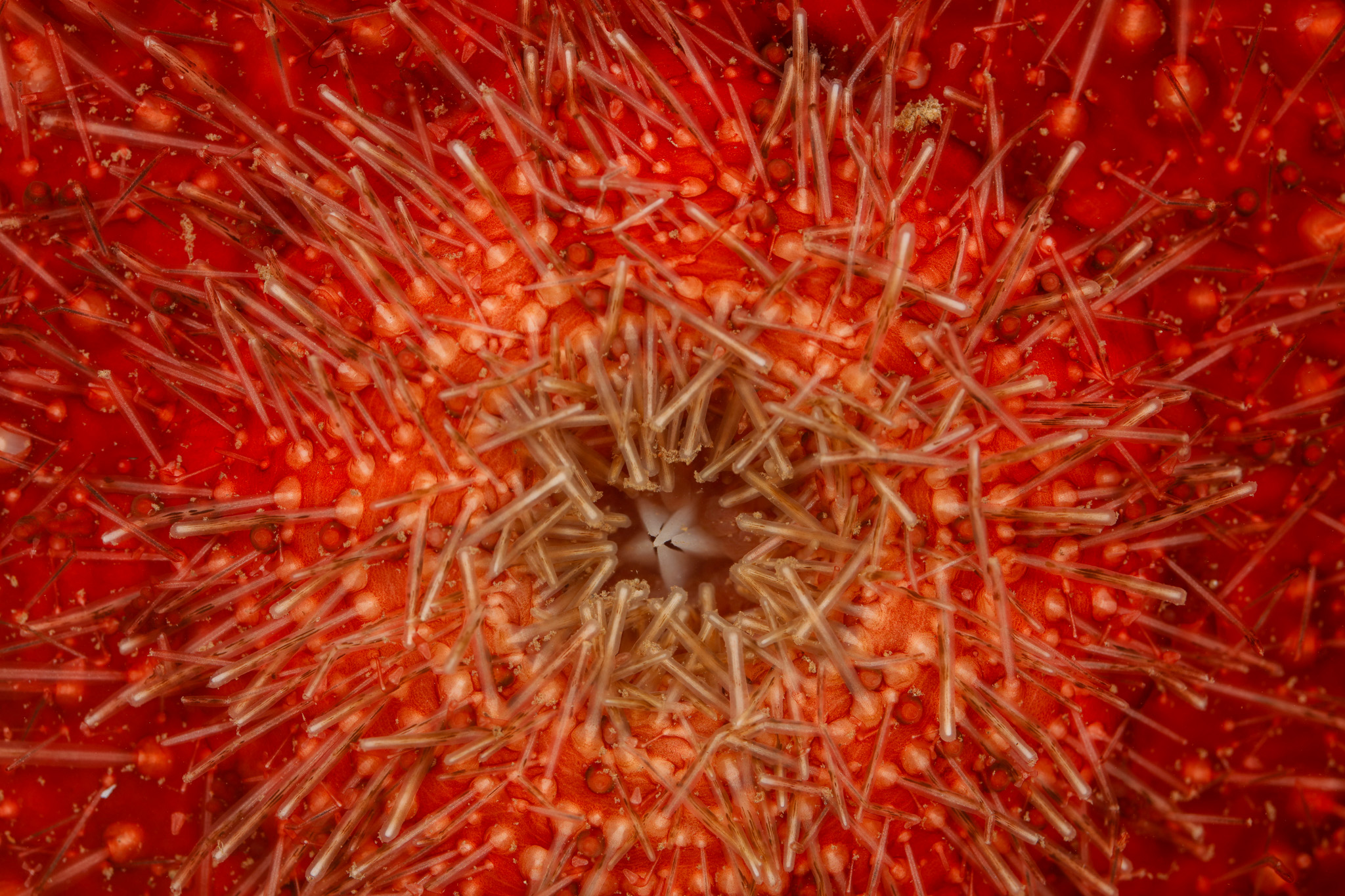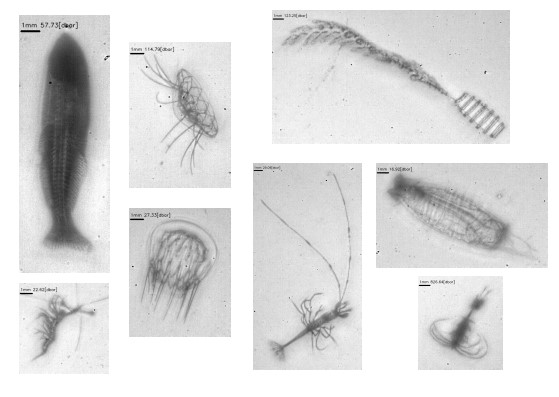Geschrieben von Clara Winguth, Masterstudentin am GEOMAR Übersetzung von Josefine Karnartz, Doktorandin am GEOMAR Wenn ihr schon mal einen Blick auf die biologischen Ozeanographie-Wissenschaftler*innen auf der SO307 geworfen habt, sind euch vielleicht unsere modischen Polar-Anzüge aufgefallen, während wir uns in die rot beleuchteten Klimalabore zurückziehen. Und dabei dachtet ihr euch: „Was geht hier denn ab?“ […]
Experiments on Board
Written by Clara Winguth, Master’s student at GEOMAR. If you’ve caught a glimpse of the biological oceanography scientists on SO307, you may have noticed us rocking some fashionable polar jumpsuits, disappearing into the red-lit climate labs and thought to yourself, ‘what is going on here?’ Well, lucky for you, I’m here to give you the […]
Aliens from the deep
Written by Dr. Carsten Lüter, Museum für Naturkunde, Berlin. The deep sea is full of weird looking creatures which through the course of evolution have adapted to the inhospitable conditions of their environment such as eternal darkness, low temperatures, high pressure and the erratic availability of food. We biologists onboard the SONNE are particularly interested […]
Aliens aus der Tiefe
Geschrieben von Dr. Carsten Lüter, Museum für Naturkunde, Berlin. Die Tiefsee ist voll mit seltsam anmutenden Wesen, die sich im Laufe der Evolution an die unwirtlichen Bedingungen dieses Lebensraums angepasst haben: ewige Dunkelheit, tiefe Temperaturen, hoher Druck und sporadische Verfügbarkeit von Nahrung. Wir Biologen an Bord der SONNE sind sehr daran interessiert, diese Diversität der […]
Dredging 101
What do geoscientists do on a ship and how do they get their precious rocks after all? What is a dredge and how are the rocks processed on board? A short introduction into seafloor sampling.
Tentacles from the deep – The cephalopod fauna off Madeira
The last blog posts showed you scary-looking deep-sea fishes, gelatinous beauties and mesmerizing microscopic organisms. Another frequent organism group we captured during MSM126 which did not enjoy a spotlight so far are the cephalopods. Cephalopods are molluscs – like snails or mussels – and are marine inhabitants which often occupy high trophic positions in food […]
Siphonophores
As part of our cruise MSM126 focus on the “jellyweb”, we are also interested in siphonophores. Even in the vast and mysterious world of marine life teeming with peculiar inhabitants, these distinctive creatures stand out. While they share similarities with jellyfish, particularly in having stinging cells known as cnidocysts, they do not look much like […]
An intersection of art and science
by Karen Osborn I am a marine biologist because of the to infrequent time at sea and my fascination with the animals that inhabit our ocean. There was a time though that I considered following a different path, that of an artist. Though I chose science and leave painting and sculpture to my almost nonexistent […]
An der Schnittstelle von Kunst und Wissenschaft
Von Karen Osborn Ich bin Meeresbiologin, weil ich gerne auf See bin und mich die Tiere, die unsere Ozeane bewohnen, faszinieren. Es gab jedoch eine Zeit, als ich mir durchaus vorstellen konnte, einen ganz anderen Weg einzuschlagen, den Weg der Künstlerin. Obwohl ich mich für die Wissenschaft entschieden habe (und das Malen und die Bildhauerei […]
Yay! Yo-Yo!
It’s ten o’clock in the evening, the research vessel MARIA S. MERIAN is moored off the coast of Madeira. The bridge gives the announcement: “On station in about ten minutes”. And off we go for another night of yo-yo CTD cruising. As we mentioned in a previous blog post, today we’re diving deep into why […]





